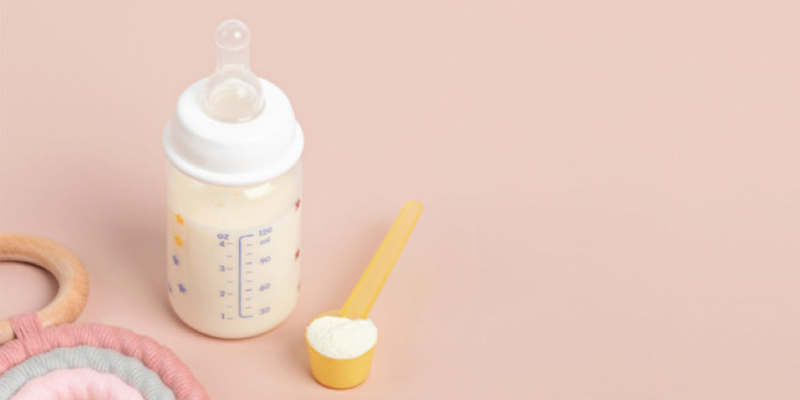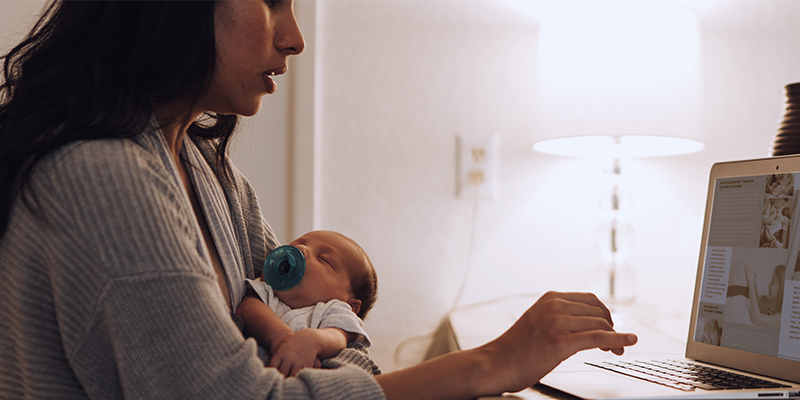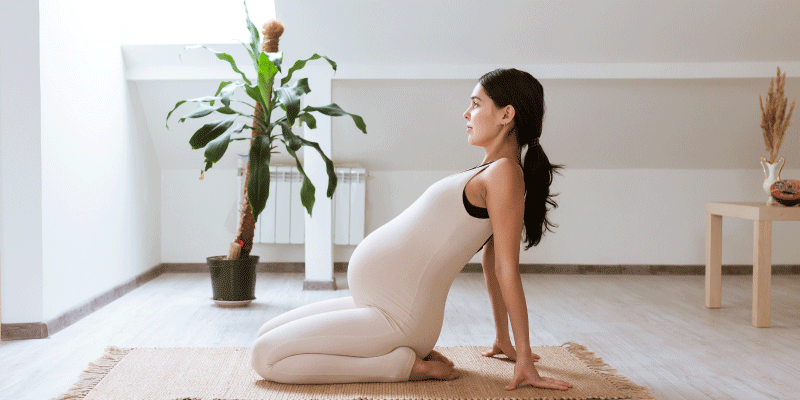Kegel Exercises: Everything You Need to Know
If there was a way to make labor and delivery easier, you’d consider it, yes? Most moms are actually replying with a “hell, yes!” So what’s the scoop? Pregnant women who do regular Kegel exercises find they have an easier birth because you’re strengthening the muscles that support the uterus, bladder, bowels and vagina. Or in other words, all the “down there” muscles that make labor and delivery even happen! So what are Kegel exercises? Here’s everything you need to know about Kegel exercises including the benefits and how to do them.
What Are Kegel Exercises?
Also called pelvic floor exercises, Kegel exercises that involve squeezing and relaxing muscles in your pelvic and genital areas. The muscles that support the pelvic organs, including the bladder, uterus, small intestine and rectum are supported through Kegels. Regular Kegel exercises during and after pregnancy can help improve bladder and bowel control, as well as increase the strength, endurance, and function of those areas. The best part? Kegel exercises are invisible and can be discreetly added to any daily pregnancy workout routine. So, skip the gym as it’s not needed for Kegels!
Benefits of Doing Kegel Exercises During Pregnancy
The number one benefit to doing Kegel exercises is that a lot of women have found that labor and delivery becomes easier. Need we say more?! When you strengthen those muscles, it gives you a better ability to control them during labor. Here are three other benefits of doing Kegel exercises during pregnancy:
Improved bladder control: It’s normal for women to experience urine leaking during and after pregnancy. This can increase if you end up having a vaginal delivery and/or additional children. Kegels can help minimize urinary and stress incontinence.
Strengthening pelvic organ support: one thing that can happen after pregnancy is that your uterus, urethra and bowel can sag down into your vagina. It’s a result of pregnancy and a vaginal childbirth weakening your pelvic floor muscles. By doing Kegels you can keep the pelvic floor muscles tight to avoid pelvic organ prolapse.
Reduced risk of fecal incontinence: Some women have had the unfortunate and embarrassing experience of leaking stool before they can make it to the bathroom. Kegel exercises during pregnancy can also help to strengthen your rectal muscles.
How to Do Kegel Exercises
Performing Kegel exercises during pregnancy is pretty simple. It’s all about squeezing and relaxing the same muscles you would to stop yourself from peeing or preventing gas. Some women may find it easier to practice while lying down. Once you get comfortable, squeeze the pelvic floor muscles, relax and then repeat. Variations of the routine include: long hold where you’re holding the muscles for a period of a few seconds and releasing, contract and release where you’re quickly tightening and relaxing those muscles or hold for three and relax for three, which is a combination of the two. As your muscles get stronger, you can increase repetitions, the duration and the frequency. Stick with them to see the best results. You may see an increase with bladder control in 6 to 12 weeks.
The best part about Kegels is that you’re improving your physical and mental health without anyone really knowing. That makes working on your pelvic floor muscles a no brainer to help with pregnancy. All the little ways to keep yourself moving, stay fit and take care of your body will not only prepare you for labor and delivery, but motherhood as well!
Join the other 1,000,000+ expecting mamas who love Bump Boxes.


















